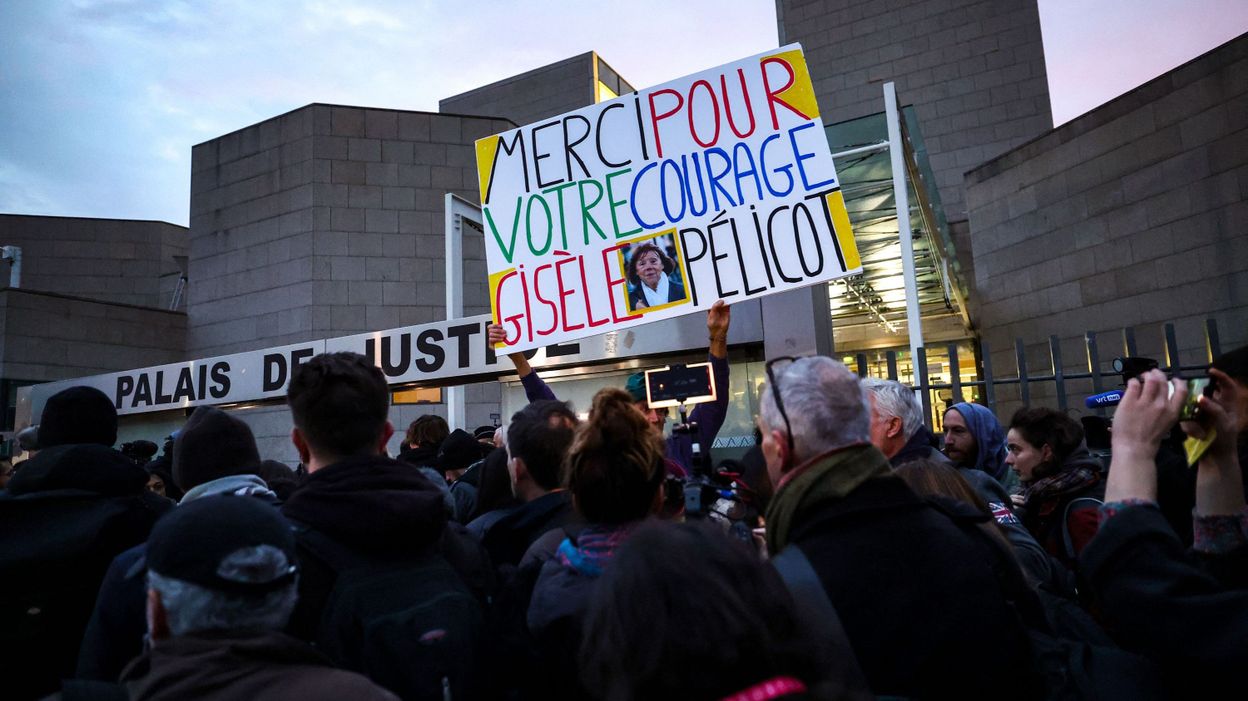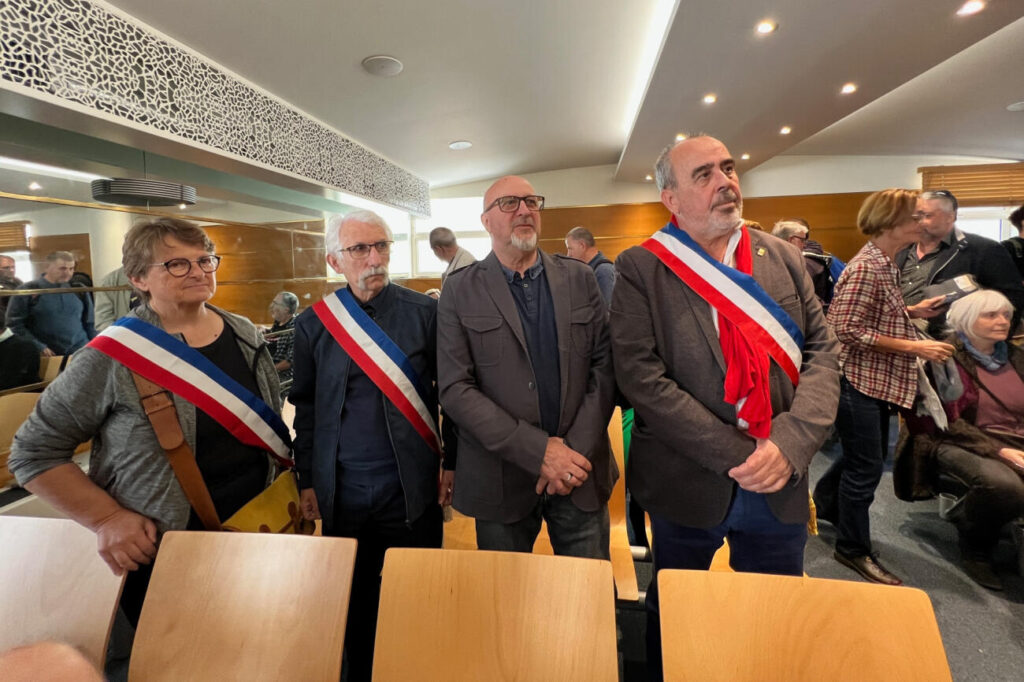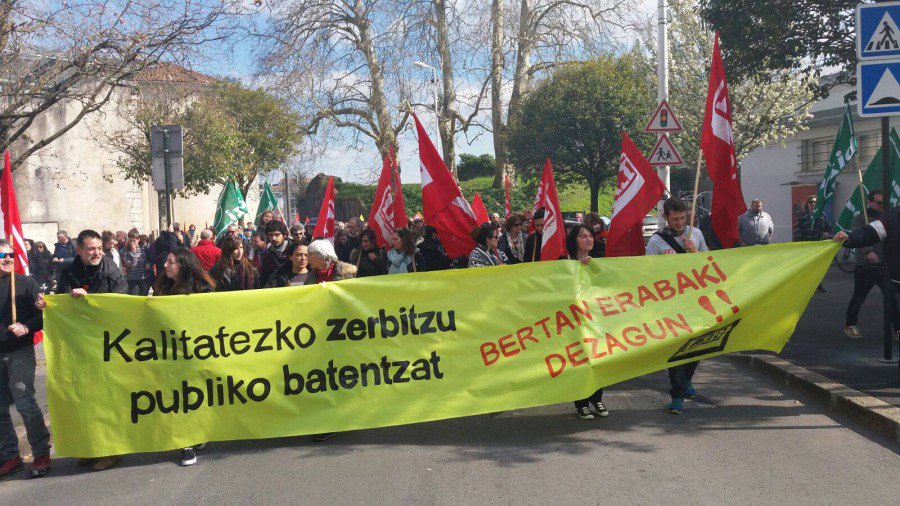Now the right moves with the aesthetics on the left.
- The demonstrations in defence of the traditional family have drawn in the French State a Conservative May of 68 of this kind. Uhinak may have its roots in the panic that globalization has created in many citizens and in charismatic groups that have strengthened among Catholic Christians in recent years. On the left, the monopoly of language and the street is stolen.
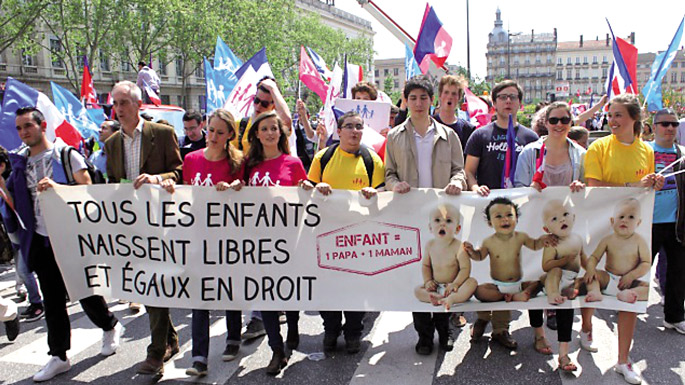
The conservative May of 68 will be illustrated by the history books with a photo of the movement La Crianza Pour Tous (Manifa for all): 2012-2014, for the first time, thousands of citizens mobilised by traditional values. The cement needed to mobilize the street and bring together the forces that in the French State demand the conservative counterclockwork has been found in the reactions contrary to the marriage law.
The phenomenon has recently been analyzed by two books. Doctor of Political Science by Gaël Brustier Le mai 68 conservateur. What restera-t-il of the Galaxyur tous? He has published it. Historian Danielle Tartakowsky presents Les droites et la rue. Histoire d’une ambivalence, 1880 à nos jours. Louise Déjeans summed them up in the area of La Vie des Idées.
The Pour Tous Variant has been in the words of Brustier “the struggle for cultural hegemony”. Finally, the opposition to homosexual marriage has given ideological consistency to a much broader reasoning.
The reaction of the people lies in the moral panic to which the Anglo-Saxons sociologists refer: the widespread discomfort that has occurred as a result of the profound changes in the values and ways of life of society. As far as the French State is concerned, globalisation and the construction of political Europe have destabilised the day-to-day and the symbology of conservative citizens weakening the national state.
Among the participants in the mobilizations there is a very high proportion of Catholics, students, citizens, middle class or rich. They've felt the need to move because they think they're losing strength within society. The unrest has begun to boil with the sinking of Nicolas Sarkozy by introducing the socialists into the government.
But these movements cannot be understood without taking into account the new conservative movements that have been drinking in the Catholic Church since 1960. Against the secularization of society, charismatic spiritualist currents have multiplied. Joan Paulo II.ak (Karol Wojtyla) gave a great game to the charismatic, convinced that until then they served to overcome the clashes between progressive and traditionalist Christians.
Long before the streets warmed up with homosexual marriage, charismatics were already working on debates about bioethics and sexuality. In collaboration with other traditional right-wing movements, they managed to present conservative ideas with a more modern language and tone, attracting mobilizations to new militants and youth on the side.
Benito XVI.aren (Joseph Ratzinger) approached the traditionalist Catholic movement, until then marginalized, during the mandate. So does the ultra-right group, Bloc Identitaire, which claims aloud French identity 2000.etik.
Environmentalists on the right
Under the seal of Ecologie Humaine, two researchers claim that people who defend counterrevolutionary and anti-liberal ideas can be found in environmental mobilizations, linking ecology to the fight against euthanasia and abortion.
Martin Bresis has made a curious report about the traditionalist Christians who have approached ecologists. magazine: “L’écologie humaine”, nouvel avatar de la droite conservatrice et catholique pour promouvoir ses valeurs morales”. It serves to understand how conservative morality and biodiversity combine.
The notion of human ecology has given coherence to the mobilization La Classic Pour Tous. And in that, the debate about gender theory has been very important, removing the controversy about marriage from the intimate realm of religion and extending it to cultural identity and to the whole social model.
Although tertulias on gender identity are limited to highly differentiated spaces, in the French State since 2012 they have entered the public debate. For example, if the concern about the empty housing tax in San Sebastian has caused that during these years the slogan “Ez IBI150 No” was recorded daily on the beach of Concha, in the summer of 2014 in the Brest area in Brittany there were banners with the phrase “Non au genre”. Gender theory doesn't.
Tartakowsky has historically placed the mobilisations that France has known in the last three years. The street has not been used in the same way by the right and by the left.
The manifestations of the 1930s to 1970s have been fundamentally left, the right was more reluctant to mobilize the calle.La left had a style that moved the streets. The manifestations of the left were framed in a collective and progressive memory that linked with the memory of the previous mobilizations. On the contrary, for Tartakowsky, the organized right had not been integrated into history, increasingly responding to the needs of the moment.
But from 1980 onwards, left- and right-wing mobilizations looked more and more like each other. And the organizers of La Usan Pour Tours expressly got the iconography from the left, with banderolas, music for ambition, scenography... They gave it the tone of a vindictive and modern social movement that allowed it to distance itself from the pessimistic forms of radical and uncontrolled street confrontations.
Tartakowsky says that at present all manifestations, whether right-wing or left-wing, are defensive and do not remember the collective history. In order to understand the distancing of movements with respect to history, we must bear in mind that individualization is today a global phenomenon.
In the case of Ezkerra, almost all the mobilizations it has organized since 1995 have been trade unions and its main objective was to defend the welfare state that they are bringing down. Catholics have always tended to occupy the street, certainly by religious rites (procession, pilgrimage...), but also by the educational system.
In recent years, however, they have organized a movement around issues that affect the whole of society: gender, human body, human being. “Catholics,” says Tartakowsky, have been able to take advantage of the codes of the Left’s mass demonstrations by organizing new forms, and that has led him to the head doing so with the word ‘use’ for mobilisation. C’était une splendide OPA”.
OPE is in Basque: Public Purchasing Offer, a stock market operation in which one company wants to take control of another. EEP from right to left.
Bi erizainetatik batek lanean eraso sexistak jasaten dituela azalerazi du Erizainen Ordenak joan den urte bukaeran egin ikerketak. 21.000 erizainek ihardetsi dute, sektore pribatu, publiko eta liberaletik. Hauetan 2.500 gizonak dira.











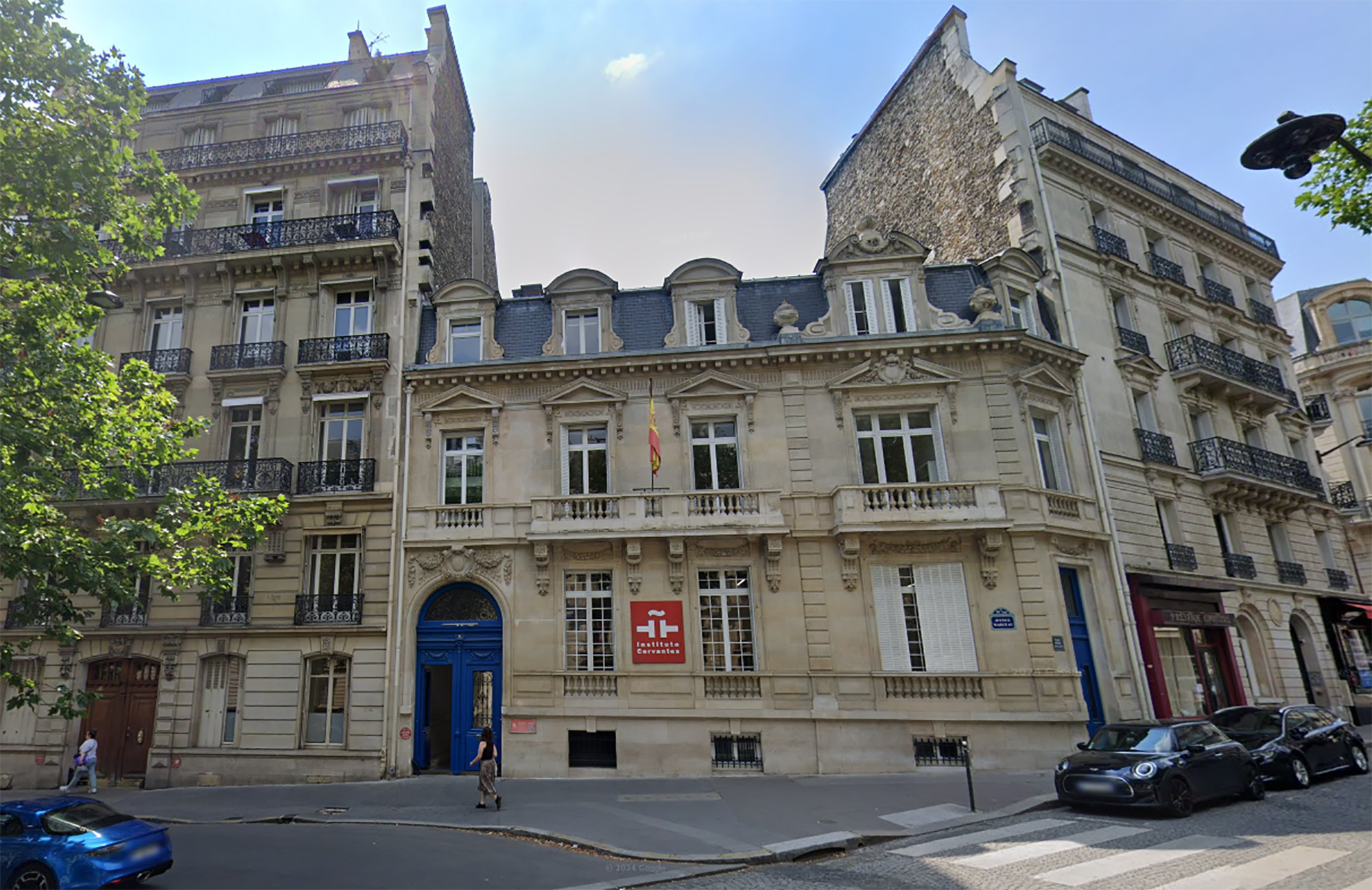



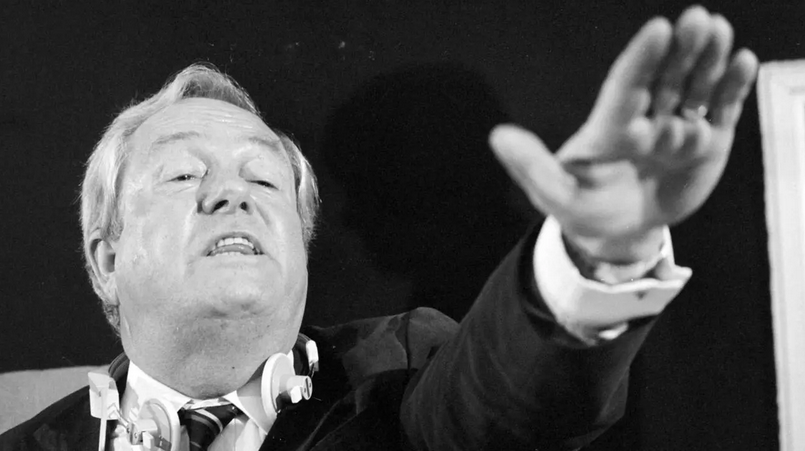

-(1).jpg)


